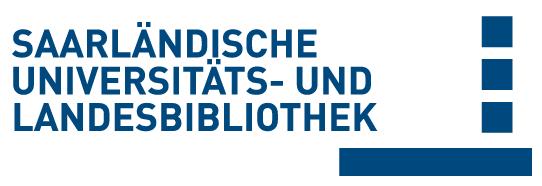Please use this identifier to cite or link to this item:
doi:10.22028/D291-44932 | Title: | CMV management of patients with leukopenia after CMV high-risk kidney transplantation |
| Author(s): | Abu-Omar, Amina Mihm, Janine Bronder, Saskia Schmidt, Tina Sester, Martina Sester, Urban |
| Language: | English |
| Title: | Transplant Immunology |
| Volume: | 89 |
| Publisher/Platform: | Elsevier |
| Year of Publication: | 2025 |
| Free key words: | Cytomegalovirus Valganciclovir Leukopenia CMV immunoglobulins T cells |
| DDC notations: | 610 Medicine and health |
| Publikation type: | Journal Article |
| Abstract: | Background: For CMV high-risk constellations, guidelines recommend 3–6 months of prophylaxis with valganciclovir (VGCV). Management in preventing CMV primary infection in patients developing VGCV-associated leukopenia remains challenging. Methods: We retrospectively analyzed the development of leukopenia during VGCV prophylaxis in 57 seronegative kidney recipients of a CMV-seropositive donor between 2008 and 2021. We analyzed CMV risk and development of CMV-specific T cells in the first post-transplant year depending on leukopenia during VGCV prophylaxis and management with CMV-IVIg. Results: Leukopenia developed in 19/57 patients, with a significant difference in leukocyte counts occurring after 10 weeks of VGCV prophylaxis compared to patients without leukopenia (p = 0.0003). VGCV discontinuation led to leukocyte reconstitution, which tended to be faster in patients receiving additional prophylaxis with CMV-IVIg after VGCV discontinuation (n = 11, p = 0.083). In the first post-transplant year, patients with leukopenia had no higher risk for severe CMV events. Interestingly, patients receiving CMV-IVIg prophylaxis showed a significantly lower peak CMV-load during primary infection (p = 0.040), with no difference in CMV-specific T-cell levels compared to patients without leukopenia or patients with additional CMV-IVIg prophylaxis (p = 0.972). Patients developing adequate CMV-specific T-cell responses less frequently underwent CMV reactivation 50 days following primary infection. Conclusion: Leukopenia developed late during VGCV prophylaxis and did not result in an increased risk for CMV primary infections or severe disease. Leukopenic patients receiving CMV-IVIg tended to have a faster leukocyte reconstitution and had lower peak DNAemia, which did not adversely affect CMV-specific T-cell induction. CMVIVIg may therefore be considered as an alternative prophylactic strategy in patients with VGCV-associated leukopenia. |
| DOI of the first publication: | 10.1016/j.trim.2025.102188 |
| URL of the first publication: | https://doi.org/10.1016/j.trim.2025.102188 |
| Link to this record: | urn:nbn:de:bsz:291--ds-449321 hdl:20.500.11880/39889 http://dx.doi.org/10.22028/D291-44932 |
| ISSN: | 0966-3274 |
| Date of registration: | 2-Apr-2025 |
| Description of the related object: | Supplementary data |
| Related object: | https://ars.els-cdn.com/content/image/1-s2.0-S0966327425000164-mmc1.docx |
| Faculty: | M - Medizinische Fakultät |
| Department: | M - Infektionsmedizin M - Innere Medizin |
| Professorship: | M - Prof. Dr. Martina Sester M - Keiner Professur zugeordnet |
| Collections: | SciDok - Der Wissenschaftsserver der Universität des Saarlandes |
Files for this record:
| File | Description | Size | Format | |
|---|---|---|---|---|
| 1-s2.0-S0966327425000164-main.pdf | 2,12 MB | Adobe PDF | View/Open |
This item is licensed under a Creative Commons License


